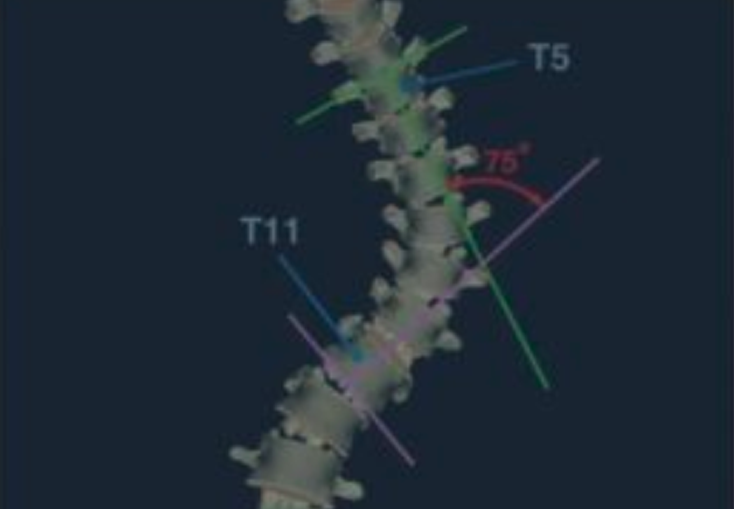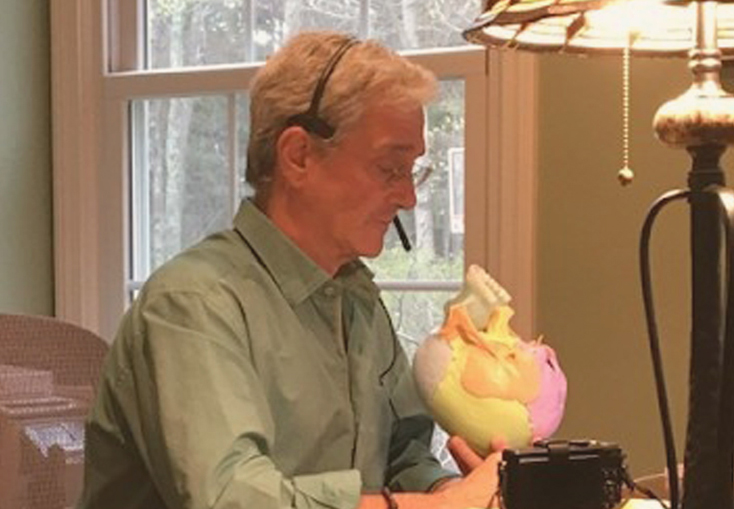
Evaluation & Correction of Atlas-Axis Dural Meningeal Restriction
The atlas and axis play a critical role in structural balance, dural tension, and neurological function. When restrictions occur in this area—especially involving the dural meningeal system—they can have widespread effects on posture, CSF flow, and central nervous system regulation.
This focused online course teaches you how to identify and correct dural meningeal restrictions at the upper cervical spine using precise, gentle chiropractic and cranial techniques. By addressing the fascial and meningeal attachments between the occiput, atlas, axis, and cranium, you’ll learn to restore balance, reduce neurological stress, and support long-term spinal stability.
Ideal for chiropractors who want to elevate their cranial and upper cervical skills, this course delivers clinical tools that can transform your approach to both pediatric and adult care.
What You’ll Learn
- Functional anatomy and biomechanics of the upper cervical spine and dural system
- Clinical signs of atlas-axis dural meningeal restriction and how to evaluate them
- Specific adjusting protocols to release tension patterns in the upper cervical/craniocervical region
- How to integrate these techniques with SOT® and cranial adjusting systems
- The impact of dural meningeal correction on global posture, CSF flow, and nervous system balance
Resources Provided
- Video class modules
- Evaluation & technique presentations
- Practical demonstrations
- Calls to action (CTAs)
- Complete PDF workbooks
- Full transcriptions of video classes
- Email access to Dr. Rosen & Dr. Watson
Why Take This Course?
- Upper cervical and dural tension patterns often underlie chronic subluxations and recurring structural distortions
- These techniques provide a non-invasive, powerful way to influence neurological function and healing capacity
- Addressing dural restrictions can improve outcomes in patients with postural instability, cranial distortions, TMJ dysfunction, sensory challenges, and more
Who Is This Course For?
Chiropractors who want to:
- Strengthen their cranial and upper cervical technique repertoire
- Offer care that targets deep, neurologically significant restriction patterns
- Improve outcomes in complex cases—especially involving posture, balance, and sensory integration
- Provide more precise and sustainable corrections in a neurologically-based practice
If you’re committed to delivering the highest quality care through a detailed understanding of cranial and spinal mechanics, this course is your next step. These protocols are not just advanced—they’re essential for chiropractors looking to make lasting change from the inside out.
Course Contents
5 Modules | 5 CTAs
Class 1 – Primary Meningeal Subluxation
Class 2 – Nervous System Development
Class 3 – Key Continuities of the Dural Meningeal System
Class 4 – Evaluation of Atlas/Axis Dural Meningeal System
Class 5 – Correction of Atlas/Axis Dural Meningeal System
Meet the Instructors
As early as first quarter in chiropractic school they were attracted to each other’s commitment to chiropractic and the pursuit of excellence. Their combined 80 years of personal and clinical and teaching experience, in delivering the chiropractic adjustment is unparalleled in the chiropractic profession. Their international outreach through teaching, writing and lecturing has been a driving force in their personal and professional careers since their first seminar taught together as students, in 1979.
Their years of experience have taught them what works and what does not work to create a successful practice and lifestyle. The more competent and comprehensive your expertise you will find that more patients will seek your services and your practice will grow exponentially.








